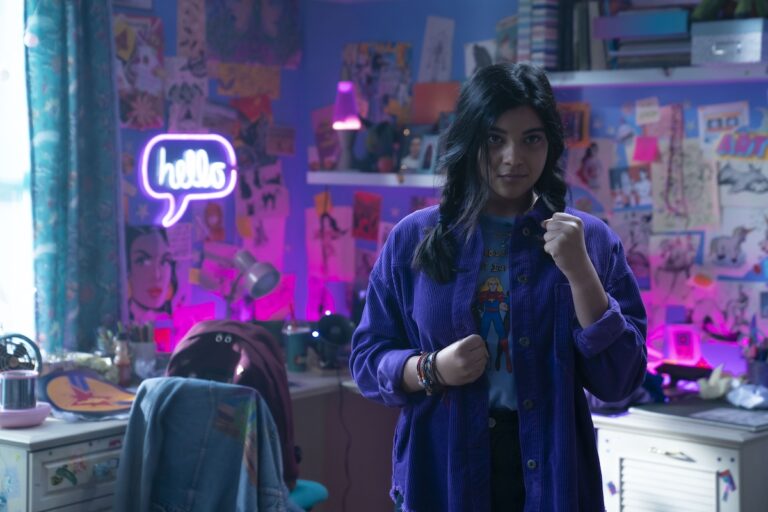
Category Culture & Creativity
Art and creative expression expand the ways we think about the world and our place in it, enrich our lives, and help us arrive at creative solutions to real-world problems.

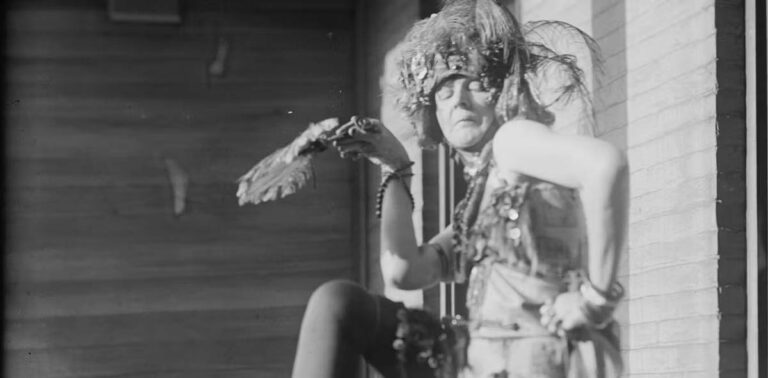
Reclaiming Dada women’s art history shouldn’t mean amplifying orientalism and sexism

The price of love: Why millennials and Gen Zs are running up major dating debt
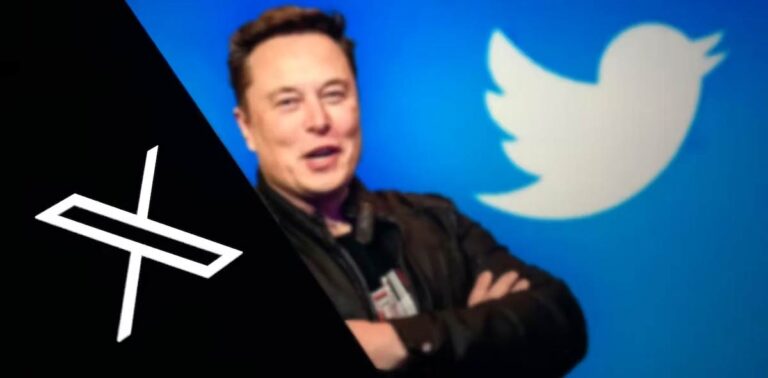
The reaction to ‘X,’ Elon Musk’s rebrand of Twitter, reflects how we feel about brands
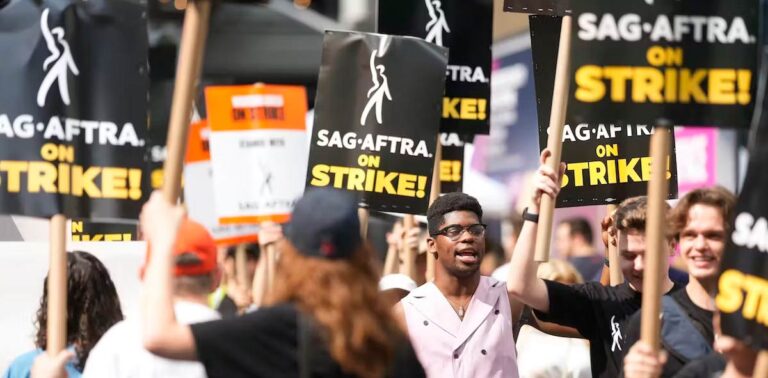
Here’s how the Hollywood actors’ strike will impact the Canadian film industry

The deinfluencing trend reflects a growing desire for authenticity online

Mr. Associated Press: How 20th-century journalism titan Kent Cooper transformed the news industry

Indigenous women in Northern Canada creating sustainable livelihoods through tourism
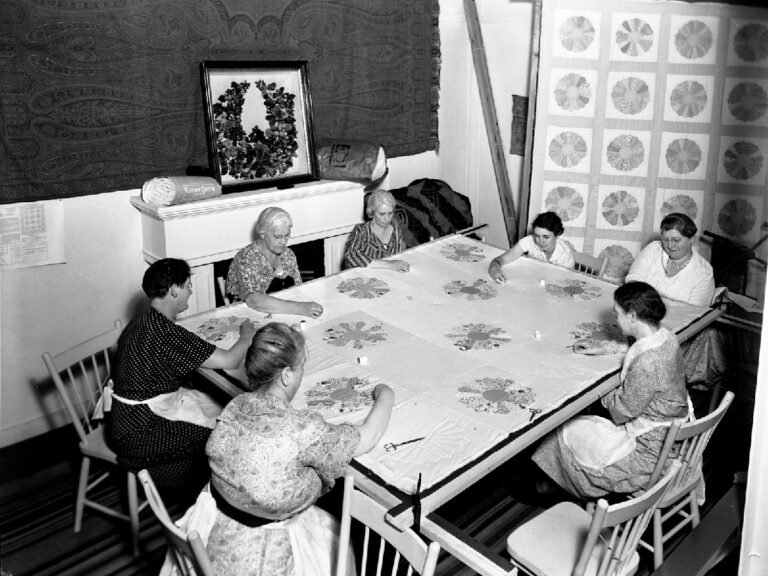
Quilts from the Second World War tell the stories of the Canadian women who sewed them

A study of close to half a million soccer fans shows how group identity shapes behaviour
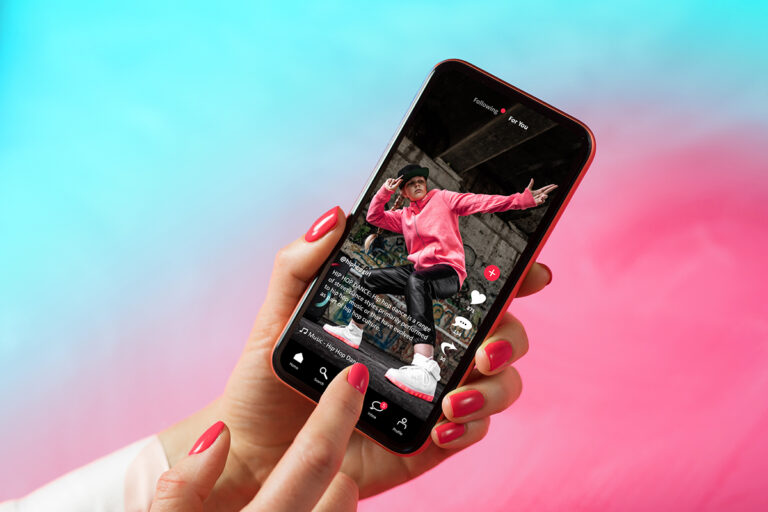
As pandemic measures are lifted, social media use has declined with the exception of TikTok
